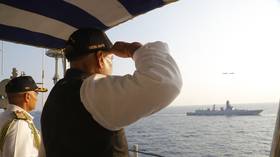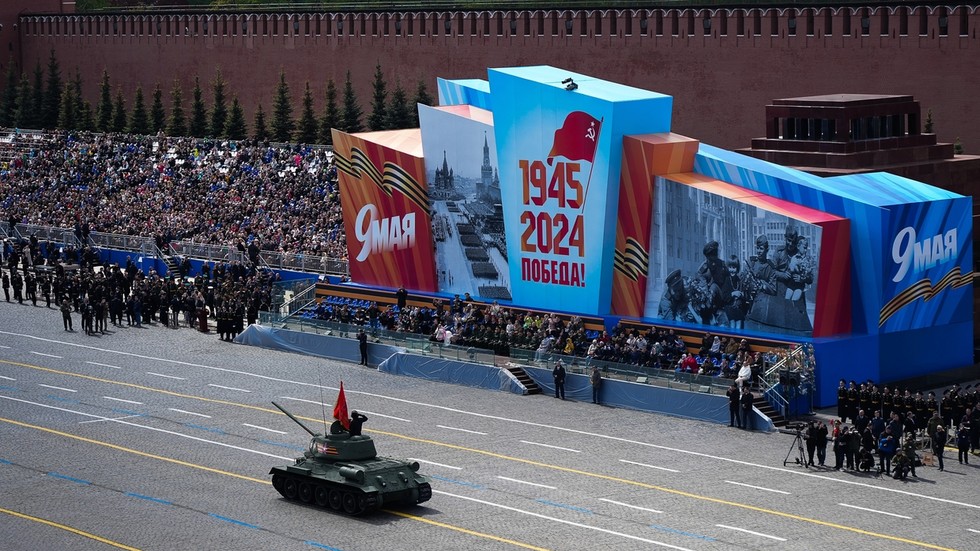This new trade route could revolutionize Russia-India trade and strategic partnership
The Red Sea crisis has shifted attention to the Eastern Maritime Corridor (EMC) – the proposed trade route for coking coal, crude oil, LNG, fertilizers and containers
The trajectory of India’s oil demand growth reflects the shifting contours of the global energy landscape. The Organization of Petroleum Exporting Countries (OPEC) estimates India’s oil demand in 2024 at 5.59 million b/d, a marginal rise from 5.37 million b/d in 2023.
India’s oil imports reached unprecedented levels in January 2024, with inbound shipments of 5.33 mb/d, a significant jump from 4.65 million bpd in December 2023.
Russia’s role in India’s oil imports remains significant – contributing over 35% of total crude imports in 2023, amounting to 1.7 million bpd, as reported by S&P Global. Russia has maintained its position as India’s top supplier, despite a notable decline in oil imports from Russia for the second consecutive month in January 2024 amidst the backdrop of sanctions. According to LSEG data, imports from Russia decreased by 4.2% to 1.3 mb/d, while Vortexa’s data showed a more significant decline of 9% to 1.2 mb/d. The drop particularly impacted the supply of the light sweet Sokol grade.
The increased appeal of Russian crude to Indian refiners, despite tightening sanctions, is compounded by escalating tanker premiums due to the Houthi attacks in the Red Sea region. The crisis has disrupted global shipping and supply chains, impacting commodities and crude oil prices. The Suez Canal is one of the most vital links for international shipping – based on data from Kpler, typically, 10-12% of worldwide crude exports and 14-15% of oil product exports, including gasoline and diesel, transit through the Red Sea. Moreover, UNCTAD reports that the most significant impact has been observed in liquefied natural gas carriers, which have ceased operations entirely since January 16, 2024.
This underscores the need for resilient trade mechanisms to navigate unforeseen crises, shaping the future of trade relations. India, heavily reliant on the Suez Canal for trade with Europe, West Asia, and Africa, faces significant repercussions from the Red Sea crisis, given that approximately 60% of its crude oil imports come from the Middle East.
This crisis has not only heightened India’s energy and security concerns but has also escalated transportation costs and time. It’s estimated that the closure of the Suez Canal could inflict daily losses of around $200 million on India’s trade.
Additionally, the conflict has driven up shipping expenses by 40-60%, leading to a substantial surge in rates for transporting 20-ft containers to Europe and the US, now priced at an average of $2,000, up from $500 prior to the crisis. Similarly, freight rates for shipping containers to Saudi Arabia have doubled, climbing from $700 to $1,500.
The Red Sea crises, therefore, has shifted attention to the Eastern Maritime Corridor (EMC) – the proposed trade route, especially for coking coal, crude oil, LNG, fertilizers and containers, connecting the Indian port of Chennai and the Russian port of Vladivostok, passing through the Bay of Bengal, the Andaman Sea, the Malacca Strait, the South China Sea, the East China Sea and the Sea of Japan. The route was used by the two countries during Soviet era, but as trade volumes decreased post 1990s, the route was practically dormant.
Today, the EMC is becoming pivotal for the future development of bilateral ties.
At present, Russian vessels and shipments going through the Suez Canal route are not the primary focus of these attacks. Nonetheless, the diversion of ships away from the Suez Canal and Red Sea, opting instead for longer routes around the southern tip of Africa, has resulted in extended voyages. Consequently, this redirection has led to a scarcity of vessels and an increase in freight rates.
In this context, the EMC has several advantages over the existing routes for India-Russia trade (apart from Red Sea route those are the Cape of Good Hope route and the North Sea route). The EMC offers a significant reduction in both cargo transit time between India and the Far East of Russia, potentially up to 16 days, and in distance by up to 40%, promising substantial efficiency gains in transportation.
Currently, the route from Mumbai to of St. Petersburg, Russia, via the Western Sea Route and Suez Canal spans 8,675 nautical miles or 16,066 km. In contrast, the distance from Chennai to Vladivostok via the EMC is significantly shorter, at only 5,647 nautical miles, or 10,458 km. This translates to substantial savings of 5,608 km in distance, promising significant reductions in logistical costs and enhancing the efficiency of cargo transportation between the two nations.




